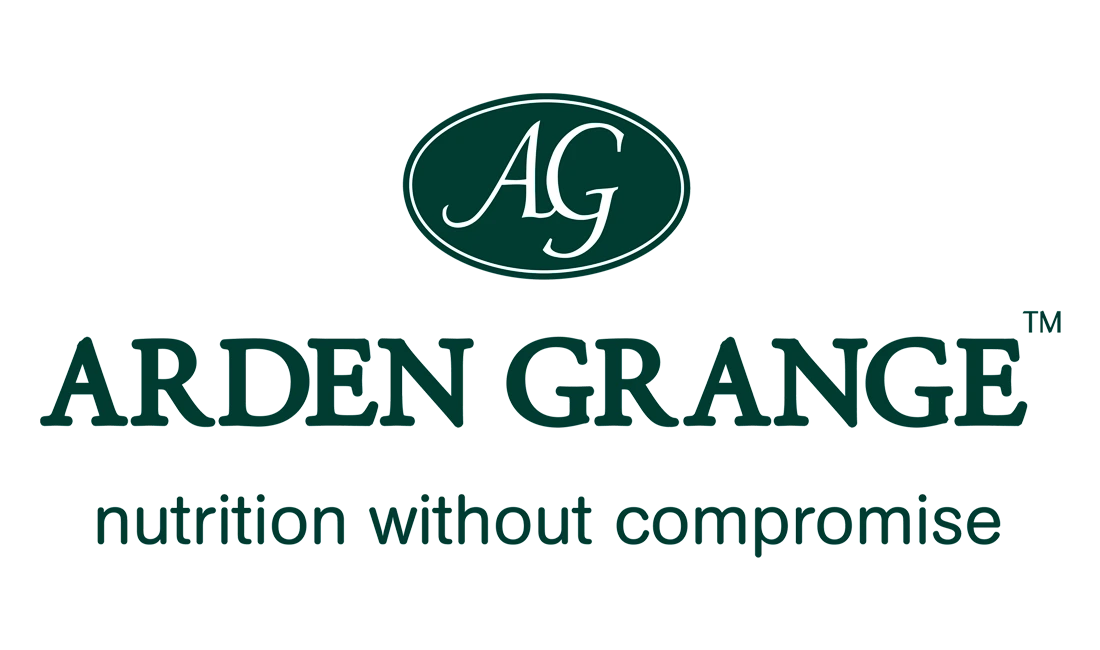Manufacturing process
Much like baking a perfect loaf of bread, the quality of the final product depends upon the quality of the ingredients, the accuracy of weighing and timing, and the performance of the equipment.
Ingredients are chosen for their quality, consistency, and nutritional value. Every ingredient is tested for all three of these attributes before being accepted into the factory. Ingredients are stored in cool, dry conditions until required. As an additional safeguard, many of the ingredient producers are audited, to ensure that their manufacturing facilities and procedures are suitable. Wherever possible, ingredients are purchased from the UK to support the British economy and to ensure optimal freshness.
Every recipe is stored within a central computer system, and ingredients are weighed on a range of scales, and then sent to a large mixing chamber, where they are gently combined for 3 minutes. To minimise any variation, the recipes remain fixed and the scales are tested routinely to ensure their accuracy. The mixture is then passed over powerful magnets to ensure that it is free from any metal contamination, and is sent on to the next stage.
The next stage is to grind all of the ingredients, which have a variety of sizes, in the equivalent of a huge mortar and pestle. This produces a fine powder (grist), with a similar consistency to baking flour. The blend is then mixed once again and the more delicate ingredients, such as vitamins and trace minerals, are added. We then have a homogenous and fine mixture of up to 50 ingredients, which is sent on to be cooked. Super premium pet foods such Arden Grange provide optimal, rather than minimal, levels of all of the nutrients required for the species/age/lifestyle that the product is intended for, and includes supplementary ingredients that have a positive impact on health. Attention is paid to both the proportions and to the diversity of sources of the nutrients.
The first stage of cooking involves conditioning the mixture. Steam and water are added to the grist in a large chamber which contains rotating paddles. Much like dough, the mixture is kneaded until most of the starch molecules are plump and fully hydrated. This process also mixes the grist once again, and pre-cooks the food to approximately 45% of its total 'cook'. Pre-conditioning lasts for around 3 minutes, after which time the grist moves on to the final cooking stage.
The final part of the 'cook' only lasts for 30 seconds, but provides for over half of the total cooking process. The grist is passed through a long chamber containing a rotating screw, which forces it to the end, and out through small, shaped apertures. The pressure within this chamber can reach over 600 psi, and this causes the plump starch molecules to burst and form a pliable mixture with the other ingredients. As this mixture emerges from the end of the chamber, the dramatic drop in pressure causes the food to expand to form a honeycomb-like structure. A blade then cuts the food into chunks as it emerges, and these light, soft kibbles are tested for their shape, colour, size, and density, before being sent off to the next stage.
The kibbles emerging from the extrusion cooker contain over 25% water, and since they do not contain any artificial preservatives, they would soon become mouldy and spoil. Therefore, the drier aims to remove around two-thirds of this water by gently blowing hot air around the kibbles, as they pass through the chamber. This takes approximately 20 minutes, and kibbles are continually tested for their moisture content as they emerge from the drier, to ensure that they are satisfactory. These crunchy kibbles are then ready for the next stage.
As we know with many human foods and snacks, much of the flavour is in the coating. Too much can be overpowering and off-putting, but too little can cause us to lose interest. The same is true for dogs and cats. Therefore, the kibbles are coated accurately and uniformly with a combination of oils and natural flavours which, since the kibbles are coated whilst still hot, permeate throughout the food. There is no added sugar or salt, which are often used as palatability enhancers.
As we would leave baked bread on a wire rack to cool, the same is true of the kibbles. If packed whilst still warm, the kibbles would soon become soft and prone to mould. Therefore, the final stage is to hold the food in a large chamber through which cold air is passed. At this point, samples are also taken from all batches produced, which are analysed for a variety of parameters including: nutrient content (e.g. protein, oil, fibre, etc), bacterial loading (e.g. salmonella, campylobacter, etc), and organoleptic features (e.g. smell, colour, size, etc). The samples are stored for 2 years for future reference. Once the kibbles have cooled to room temperature, and the batch has passed quality assurance, the food is ready to be packed and sent off to the customer.
Arden Grange pet foods are manufactured in the UK, and are formulated and labelled in accordance with FEDIAF (the European Pet Food Industry Federation). Much like baking a perfect loaf of bread, the quality of the final product depends upon the quality of the ingredients, the accuracy of weighing and timing, and the performance of the equipment.


 Puppy
Puppy
 Adult
Adult
 Senior
Senior
 Sensitive
Sensitive
 Treats
Treats Kitten
Kitten
 Adult
Adult
 Senior
Senior
 Trusted British Brand
Trusted British Brand

